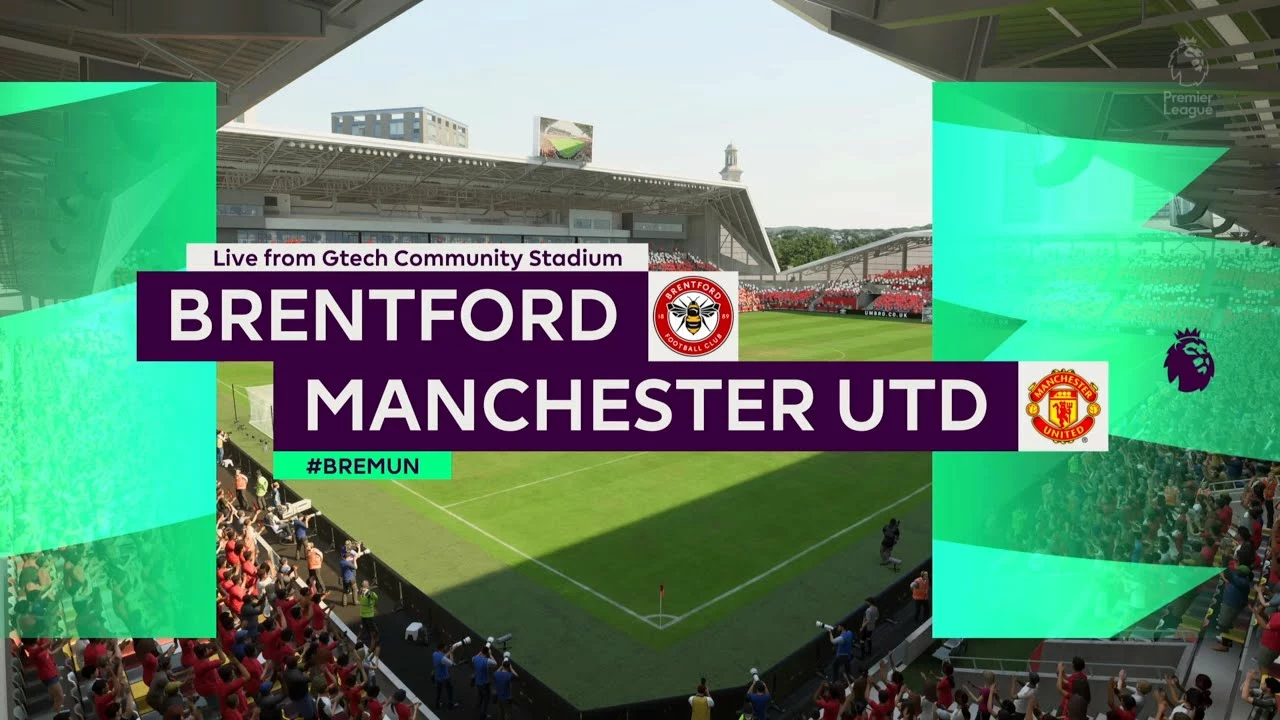Game Programming
When working with Game Programming, the craft of turning ideas into interactive digital experiences using code, algorithms, and creative problem‑solving. Also known as video game development, it sits at the crossroads of software engineering and artistic design. Game programming encompasses all stages of production, from early prototypes to polished releases, and it demands a solid grasp of programming languages like C++, C#, and Python. The discipline also leans on project management methods, version control tools, and collaborative workflows that mirror traditional software development. As a result, anyone curious about building playable worlds quickly discovers that game programming is more than just writing code – it’s about shaping player experiences.
Delving deeper, Graphics Programming, the subset that handles rendering, shaders, and visual pipelines shapes every pixel you see on screen, while Physics Simulation, the system that models real‑world forces, collisions, and motion brings movement and realism to characters and objects. Both areas influence the visual fidelity and gameplay feel, meaning a solid foundation in them is a must‑have skill for any developer. Likewise, AI Programming, the craft of creating intelligent behaviors for non‑player characters and game logic drives enemy tactics, companion actions, and dynamic world events. Together with audio programming, engine design, and networking code, these specialties form a tightly knit ecosystem where each component feeds into the other. For instance, a change in the graphics pipeline often requires adjustments in the physics engine to keep collision detection accurate, while smarter AI may demand more processing power, affecting overall performance.
Key Areas to Master in Game Programming
Beyond the core specialties, successful developers pay attention to testing, optimization, and player feedback loops. Debugging tools help catch hidden bugs, while profiling utilities reveal performance bottlenecks in rendering or logic. Multiplayer networking introduces latency challenges that require clever prediction algorithms, and indie creators often juggle limited resources by using modular engines or open‑source libraries. By understanding how these pieces interlock, you can plan a career path that moves from junior scripting roles to senior system architecture positions. Below, you’ll find a range of articles that cover everything from beginner tutorials to advanced engine design, giving you the practical insights you need to level up your craft.
Hey there, my tech-savvy pals! Let's dive into the thrilling world of game development, specifically, creating our very own football game, akin to FIFA, using Unity. The first step is to get familiar with the Unity interface, it's like getting to know the field before a big match! Then, we'll need to rig our footballers, making them more flexible than a gymnast at the Olympics! We'll also dabble in some coding, turning us into part-time wizards. Lastly, don't forget the importance of testing, because who wants a striker that kicks the ball backwards? Time to lace up our virtual cleats and make gaming magic happen!
